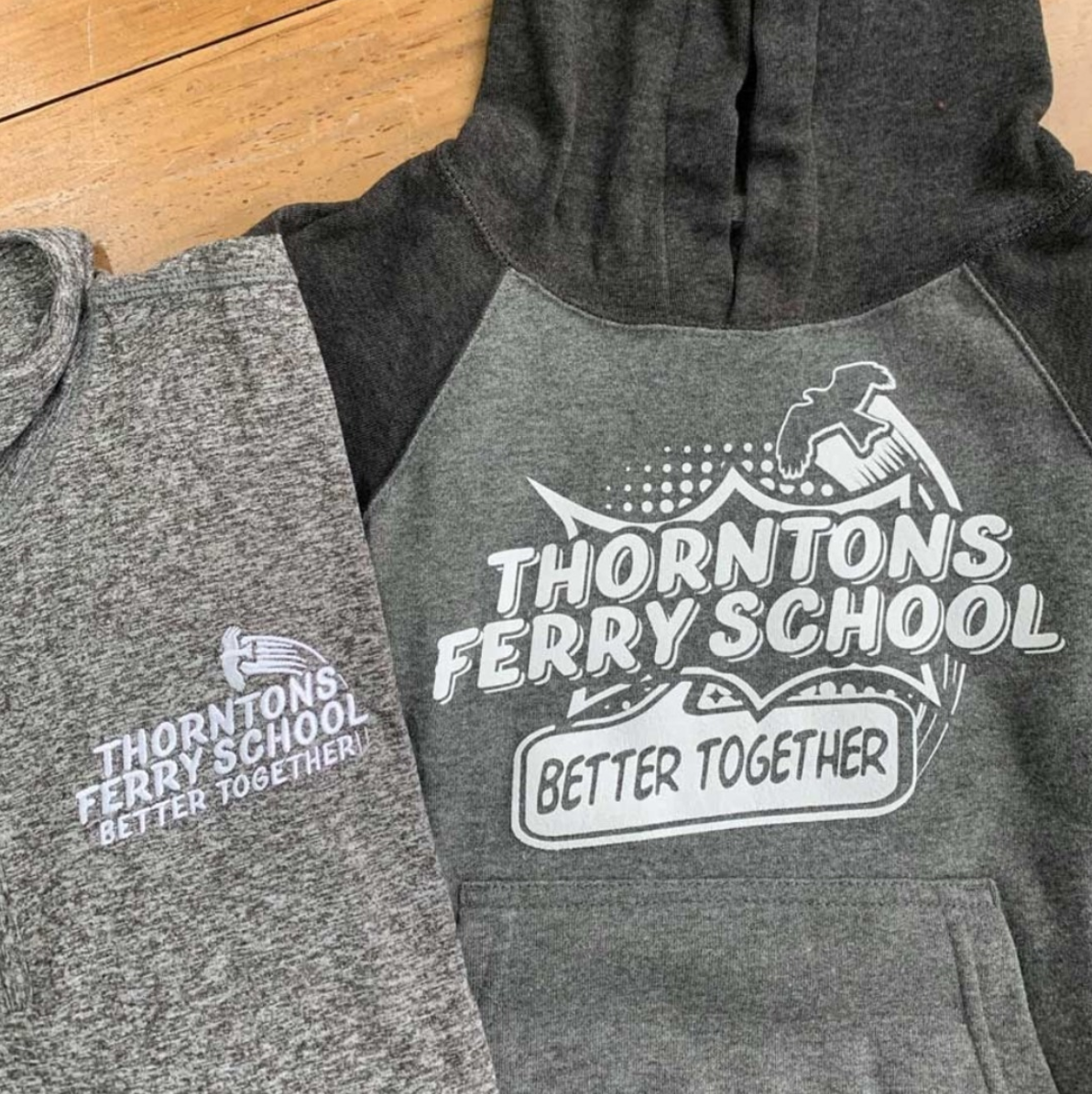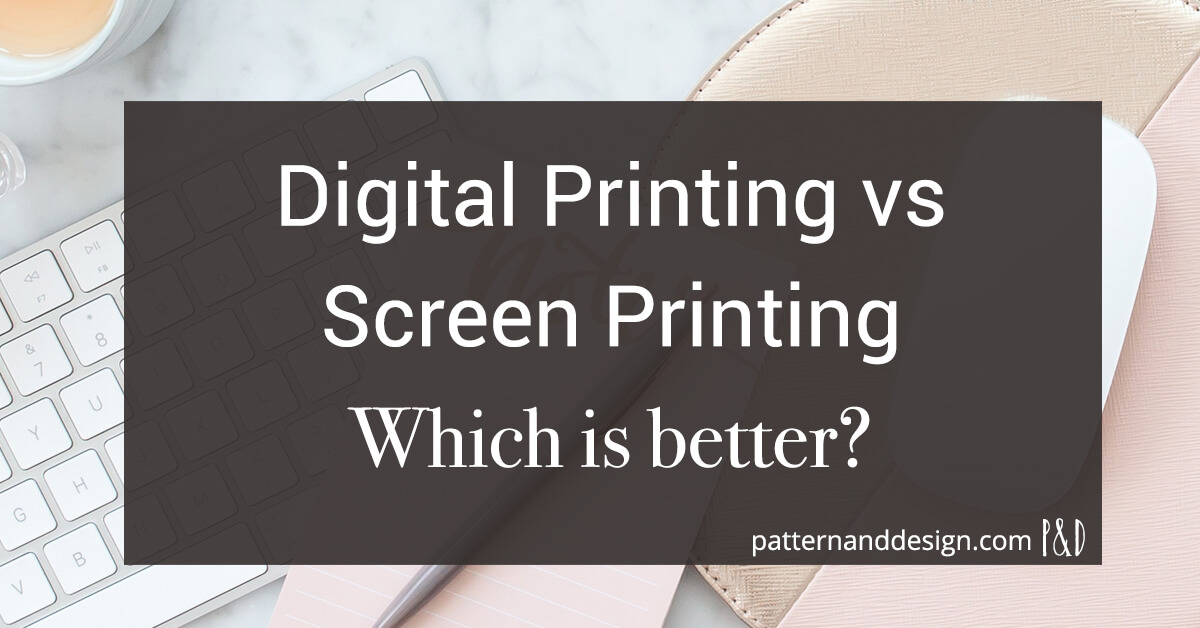4 Simple Techniques For Tx Tees
4 Simple Techniques For Tx Tees
Blog Article
The Only Guide for Tx Tees
Table of ContentsThe Ultimate Guide To Tx TeesSee This Report about Tx TeesNot known Incorrect Statements About Tx Tees 7 Easy Facts About Tx Tees Shown7 Easy Facts About Tx Tees ShownSome Known Questions About Tx Tees.Things about Tx Tees
Include up other prices, like the number of energies it takes to run the shop and the price of ink and emulsion per layout. Take the print below.The emulsion must just be a few cents because you 'd just require to layer one screen for this job. Exactly how much should you charge per tee shirt to make an earnings? Generally, printers try to make up to 45% revenue on a print task. Below's a table to aid you determine that: total expense per product percent of preferred revenue as a decimal (instance:.25 or.45) earnings made per thing per work Currently allowed's talk about the success of DTF.

With DTF, you can print a handful of shirts, or simply one. Both screen printing and DTF have their particular niches in the world.
Tx Tees Fundamentals Explained
The very best way to understand? Ask about and see what print stores like yours are doing. custom monograming. Try both out and see which you like better
When you're selecting what kind of printing approach to make use of for printing your artwork designs on your garments, it's crucial that you recognize the differences between these two techniques so you can optimize outcomes while decreasing prices. Display printing is one of the most commonly used technique for printing designs on textiles.
DTG printing is also known as spot or direct to garment printing because it publishes just what is required as opposed to making a display as display printers do. https://teleadreson.com/tx-tees,1126-s-treadaway-blvd,-abilene,-tx-79602-s6eSALOnkgA.html. Display printing works by display filler squeegee screen printing ink display mesh screen, after that moving the photo to garment using warmth and/or pressure
The DTG printer makes use of special dye-sublimation inks that are used into a pre-designed photo by a digital printing system. The inks enter into the textile, enabling vivid colors and exceptional detail. It's also understood as place or direct to garment printing due to the fact that it prints just what is required as opposed to making a display as screen printers do.
The 4-Minute Rule for Tx Tees
First, it's much faster - you can print a fullcolor picture in mins, in contrast to hours for display printing. Second, there's no established up time or prices involved - you can print any design you like, without having to create a screen. Third, there's no waste - because screen printers screen print one design at a time, they have to screen each shade separately.
The paper is very expensive and can only be made use of as soon as. Once it's published on, it needs to be thrown out. - The initial acquisition price is lower than the upfront investment of DTG printers- You can publish multi-color layouts one display each time rather than having to print each color separately like DTG printing.

Tx Tees Fundamentals Explained
However, rather than using screen mesh as display printers do, color sublimation printers use laser innovation to move your images onto garments or paper. A warmth procedure moves the color from its solid-state straight into the gas phase which consequently integrates it onto fabric substrates when they are quickly heated up to heats under high pressure.
Sublimation printing is environmentally friendly. It utilizes much less water than screenprinting, and due to the fact that it doesn't involve using dangerous solvents, it's secure for all kinds of apparel. The dye sublimation inks are also odor-free when healed, unlike display printers that make use of harmful chemicals during the screen printing process that leave behind an unpleasant odor.
They likewise save money on expensive devices like exposure systems considering that color sublimation printers do not need a UV exposure system or a flash remedy stove that is commonly made use of in display printing (custom t-shirt design). What is straight to garment printing (DTG Printing)? DTG printing is a digital screenprinting process that prints straight onto textile making use of specialized inkjet printers
The Ultimate Guide To Tx Tees
DTG printing uses numerous advantages over standard screenprinting, including the ability to publish photographic top quality pictures, greater shade vibrancy, and the capability to publish styles on darker fabrics. DTG printers function by heating up the fabric ink till it transforms into a gas. The gas then penetrates the fabric, bonding with the fibers to develop a permanent print.

Screen printers just prepare their screen then start publishing till they lack item or ink.- There is a large range of knowledgeable screen printers around the world, which can be useful for beginners. - It's a slower procedure - display printers usually need to wait on the ink to dry before they can publish the following color- Screen printers call for hand-operated labor, so there's a greater knowing curve and it takes longer to produce a high-quality layout- Display printing isn't as precise as DTG printing, so you may obtain some "blood loss" of colors from one component of the photo onto one more if not done effectively.
The Ultimate Guide To Tx Tees
Rather of utilizing screen mesh as display printers do, color sublimation printers make use of laser modern technology to transfer your images onto garments or paper. A warm process moves the dye from its solid-state directly into the gas phase which subsequently fuses it onto textile substrates when they are swiftly heated to high temperature levels under high stress.
Sublimation printing is green. It uses less water than screenprinting, and due to the fact that it does not involve using hazardous solvents, it's secure for all kinds of clothing. The color sublimation inks are additionally unsmelling when treated, unlike screen printers that make use of hazardous chemicals throughout the display printing procedure that leave an unpleasant smell.
They also conserve money on expensive equipment like direct exposure systems because color sublimation printers don't call for a UV direct exposure system or a flash cure stove that is commonly used in display printing. What is direct to garment printing (DTG Printing)? DTG printing is an electronic official statement screenprinting process that prints straight onto textile utilizing specialized inkjet printers.
Some Known Facts About Tx Tees.
DTG printing supplies many benefits over standard screenprinting, including the capacity to print photographic high quality images, better color vibrancy, and the ability to publish styles on darker fabrics. DTG printers work by heating up the fabric ink up until it develops into a gas. The gas then permeates the material, bonding with the fibers to produce a long-term print.
Report this page